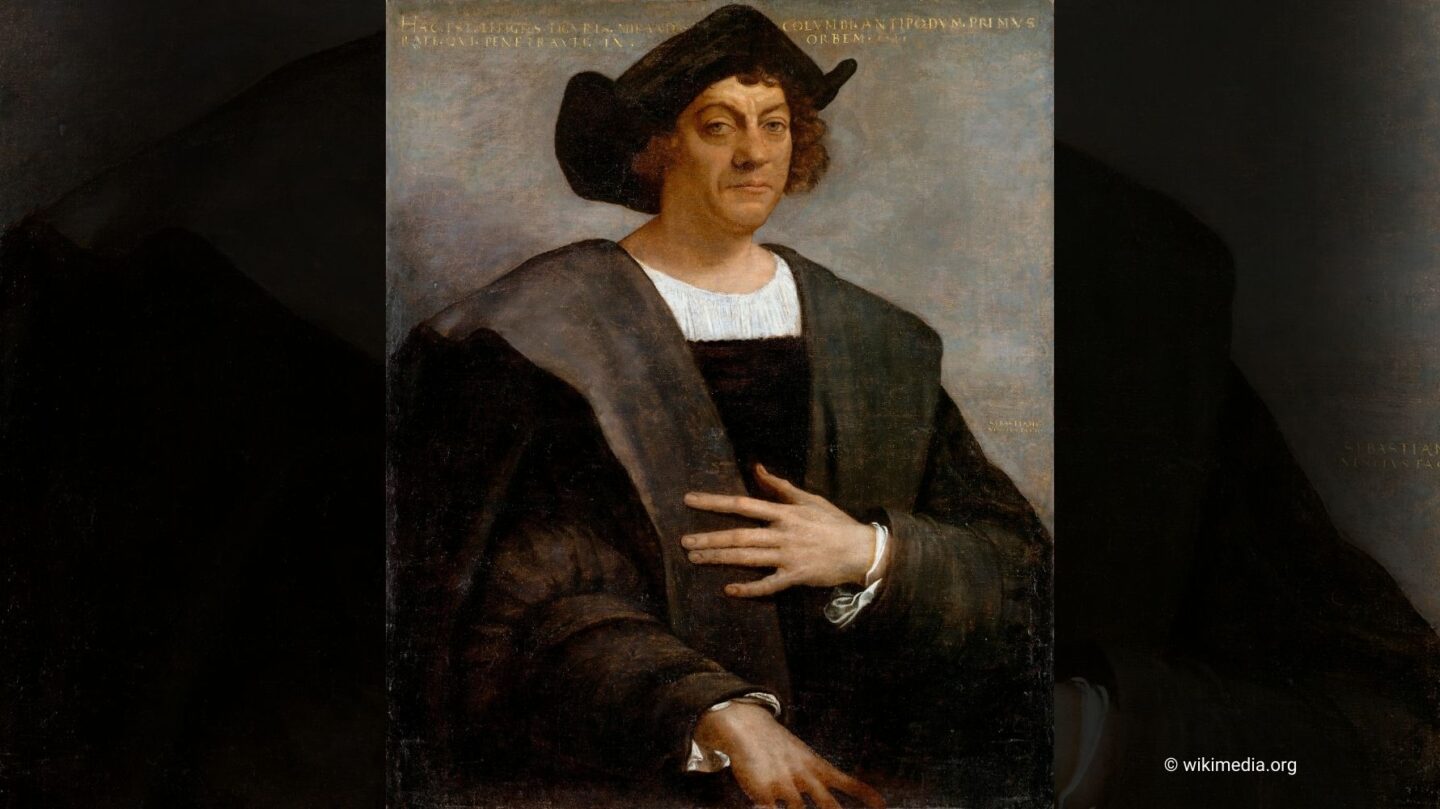The Age of Exploration: A New Era of Discovery
Throughout history, humanity has been driven by an insatiable curiosity to explore the unknown. The “Age of Exploration,” which began in the 15th century and extended into the 17th century, marked a period of unprecedented global discovery. European explorers, armed with evolving navigational tools and a thirst for knowledge, ventured across oceans, mapped new lands, and connected far-flung parts of the world. These journeys reshaped geography, trade, and cultural understanding forever.
The great explorers not only expanded the boundaries of known territories but also laid the foundations for the modern maps we use today.
Navigational Advances: Tools of the Explorers
Before the Age of Exploration, venturing into the open sea was a daunting task. Early explorers relied on rudimentary maps and the stars for guidance. However, by the 15th century, advances in navigation and shipbuilding made long-distance voyages possible. Tools such as the astrolabe and compass allowed sailors to determine latitude and direction, while innovations like the caravel—lightweight and maneuverable ships—helped explorers sail farther and faster.
Maps, though limited, began to evolve with each voyage. Explorers would chart coastlines, rivers, and islands, contributing valuable knowledge to the growing science of cartography.
Christopher Columbus: Crossing the Atlantic
One of the most famous explorers, Christopher Columbus, set sail from Spain in 1492 in search of a western route to Asia. Instead, he stumbled upon the Americas, forever altering the course of history. Though Columbus believed he had reached the Indies, his voyages paved the way for European colonization of the New World.
Columbus’s discoveries sparked further exploration, leading to detailed maps of the Atlantic Ocean and the Americas. His expeditions marked the beginning of a new era of global contact.
Vasco da Gama and the Sea Route to India
While Columbus sailed west, Portuguese explorer Vasco da Gama headed east. In 1498, he successfully reached India by sailing around the southern tip of Africa, the Cape of Good Hope. This achievement opened direct trade routes between Europe and Asia, breaking the overland monopolies of Middle Eastern empires.
Da Gama’s voyage not only revolutionized trade but also added critical details to world maps, solidifying the understanding of Africa’s geography and the Indian Ocean’s routes.
Ferdinand Magellan: The First Circumnavigation
Ferdinand Magellan’s expedition, which began in 1519, achieved what many thought impossible: the first circumnavigation of the globe. Though Magellan himself was killed in the Philippines, his crew completed the journey in 1522. This monumental achievement proved that the Earth was round and vastly larger than previously believed.
Magellan’s voyage added vast stretches of uncharted territory to maps, including the Pacific Ocean, named for its calm waters. It showcased the interconnectedness of the world and the courage of those who dared to explore it.
The Legacy of the Great Explorers
The explorations of these and other great adventurers, including Marco Polo, James Cook, and Henry Hudson, expanded humanity’s understanding of geography and culture. Their voyages connected continents, established global trade routes, and led to the sharing of goods, ideas, and knowledge across civilizations.
While their expeditions were marked by discovery, they also brought unintended consequences, including colonization, cultural upheaval, and the spread of disease. Nevertheless, the maps and knowledge produced during this time laid the groundwork for the modern world.
Mapping the Unknown World
The great explorers transformed blank spaces on maps into detailed representations of the Earth’s continents, oceans, and peoples. Their courage and determination unlocked new horizons, proving that exploration is a fundamental part of the human spirit.
Today, their legacy lives on, inspiring continued exploration of not only our planet but also the vast, uncharted realms of space. The world may no longer have “unknown” territories, but the drive to discover remains as powerful as ever.
